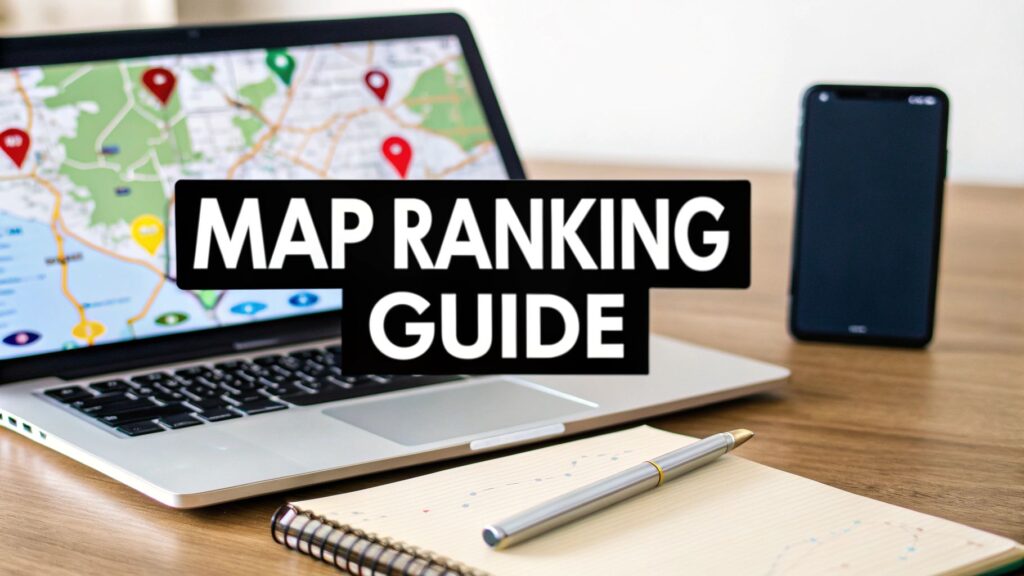Starting an online business requires careful consideration and planning, especially when it comes to choosing the right business model. Dropshipping and ecommerce are two popular options that offer different advantages and disadvantages. Dropshipping is a business model where you sell products without keeping inventory.
You purchase products from a supplier only when a customer makes a purchase from your online store. In contrast, ecommerce is a business model where you keep inventory and sell products directly to customers through your online store.
Choosing the right business model for your online store is crucial for the success of your business. In this article, we will compare the pros and cons of dropshipping vs ecommerce to help you make an informed decision. We will also provide a comprehensive guide for 2023 that will cover everything you need to know about these two business models.
Pros and Cons of Dropshipping

Dropshipping is a business model where the retailer does not keep any inventory in stock. Instead, the retailer purchases products from a third-party supplier who then ships the product directly to the customer. Here are some of the pros and cons of dropshipping:
Advantages of Dropshipping
- Low startup costs – As there is no need to invest in inventory upfront, the startup
costs for dropshipping are relatively low compared to ecommerce. - No inventory management – Since the supplier handles inventory management,
the retailer does not have to worry about storing and managing inventory. - Flexibility – With dropshipping, the retailer has the freedom to choose the
products they want to sell and can quickly add or remove products from their
online store as per demand. - Location independence – As there is no need to physically manage inventory,
dropshipping allows the retailer to work from anywhere with an internet
connection.
B. Disadvantages of Dropshipping - Low-profit margins – As the supplier sets the wholesale price, the retailer has a
smaller profit margin compared to ecommerce where they can buy inventory in
bulk and negotiate lower prices. - Shipping times and quality control – As the supplier handles shipping, the retailer
has limited control over shipping times and quality control. - Limited product offerings – As the retailer is dependent on the supplier’s
inventory, they may have limited product offerings, and the supplier may run out
of stock.
Overall, dropshipping is a good option for those who want to start an online store with
low upfront costs and without worrying about inventory management. However, it comes
with its own set of challenges, such as low-profit margins and limited product offerings.
In the next section, we will discuss the pros and cons of ecommerce to help you make
an informed decision between dropshipping vs ecommerce.
Pros and Cons of Ecommerce
Dropshipping and ecommerce both have their own advantages and disadvantages. Understanding these pros and cons can help you make an informed decision for your online store.

Dropshipping Pros
- Low startup costs
- No need for inventory storage
- No need for shipping and handling
- Easy to test new products
B. Dropshipping Cons - Low profit margins
- Lack of control over product quality and shipping times
- Dependence on suppliers
- Limited product selection
C. Ecommerce Pros - Greater control over product quality and shipping times
- Greater profit margins
- Wide range of products to choose from
- Ability to build a brand and customer base
D. Ecommerce Cons - High startup costs
- Need for inventory storage and management
- Need for shipping and handling
- More complex order fulfillment process
When deciding between dropshipping and ecommerce, consider these pros and cons
and how they align with your business goals and personal preferences.
Comparison of Dropshipping and Ecommerce
When deciding between dropshipping and ecommerce, it’s important to consider the differences between the two business models. Here’s a comparison of some of the key factors to help you make an informed decision:
Startup Costs
Dropshipping: Minimal startup costs required. You don’t need to invest in
inventory upfront, but you will need to pay for a domain name, hosting, and marketing. Ecommerce: Higher startup costs required. You need to invest in inventory, storage space, and shipping supplies, as well as pay for a domain name, hosting, and marketing.
Order Fulfillment Processes
Dropshipping: You don’t handle the order fulfillment process directly. Instead, your supplier ships the products directly to your customers.
Ecommerce: You’re responsible for handling the order fulfillment process,
including storing, packing, and shipping the products.
Inventory Management
Dropshipping: You don’t need to worry about storing or managing inventory, which can save you time and money. Ecommerce: You need to manage your inventory levels and ensure that you have enough products in stock to meet demand.
Profit Margins
Dropshipping: Lower profit margins due to the higher cost of goods sold (COGS) charged by the supplier. Ecommerce: Higher profit margins because you’re buying products in bulk and selling them at a markup.
Customer Service
Dropshipping: You’re responsible for managing customer service inquiries and complaints, but you don’t handle the product returns or exchanges.
Ecommerce: You’re responsible for managing all aspects of customer service, including product returns and exchanges.
Overall, both dropshipping and ecommerce have their advantages and disadvantages. Your decision will depend on your business goals, product type and niche, target market and customer base, personal preference and skillset, and long-term plans for your online store.
Factors to Consider When Choosing Between Dropshipping and Ecommerce
When deciding between dropshipping and ecommerce, there are several important factors to consider. Here are some of the most important:
Product Type and Niche
Consider the type of products you want to sell and whether they are well-suited for dropshipping or ecommerce. Some products may require more hands-on management and control, while others may be more easily outsourced through dropshipping.
Target Market and Customer Base
Your target market and customer base can also play a role in choosing between dropshipping and ecommerce. Consider the preferences and expectations of your customers, and whether dropshipping or ecommerce is better equipped to meet those needs.
Business Goals and Long-Term Plans
Your business goals and long-term plans should also be taken into account when choosing between dropshipping and ecommerce.
Consider factors such as scalability, expansion potential, and overall business strategy.
Personal Preference and Skillset
Finally, your personal preference and skillset can also play a role in choosing between dropshipping and ecommerce. Consider factors such as your level of experience, your willingness to take on new challenges, and your overall comfort level with different business models.
By carefully considering these factors and weighing the pros and cons of dropshipping vs ecommerce, you can make an informed decision that is right for your business.
Conclusion
When it comes to choosing between dropshipping and ecommerce, there is no one-size-fits-all solution. It ultimately comes down to your business goals, personal preference, and skillset. To recap, dropshipping can be a good option if you have limited startup capital and want to focus on marketing and sales. However, it can also lead to lower profit margins and less control over the fulfillment process.
On the other hand, ecommerce allows you to have more control over the product and fulfillment process, but requires more upfront investment and management of inventory. Consider your product type, target market, and long-term plans when making your decision.
If you’re not sure which option is right for you, consider testing both models to see which works best for your business. Remember, choosing between dropshipping and ecommerce is just one of many decisions you’ll need to make as an ecommerce business owner. Stay informed and up-to-date on industry trends and best practices to ensure your online store’s success.
Is Your Business Ranking in Google Maps?
Turn Google Maps into a Lead Engine w/ Clicks Geek’s AI-powered local SEO. 3,000+ clients served. Our proprietary, fully done-for-you Maps SEO system handles everything—keyword targeting, local optimization, content, reviews, and ranking strategy—automatically.






